Bee Aware Month - What YOU Can Do.
Everyone knows that bees and other pollinators are hard workers, but they also contribute over $217 billion USD to the global economy every year through pollination. Without bees, there will be no more nuts, coffee, cocoa, tomatoes, apples, or almonds... and that's just the shortlist.
Every September in NZ is Bee Aware Month, championed by Apiculture NZ as a way to educate people on just how fundamental bees and other pollinators are for the health of ecosystems and our food security.
To celebrate Bee Aware Month, we've compiled a list of eight things you can do to help this month and every month. For a list of events and more info - check out Apiculture NZ’s website.
Go Organic!
Money talks.
When you buy organic produce, you’re telling food producers you don’t want harmful chemicals in our ecosystem.
A search engine for Certified Organic Producers can be found here.
Don’t Use Pesticides
Over 150 different chemicals from pesticides have been found in bee pollen, and pesticides have been implicated in the decline of bees.
One of the goals of organics is to build a sustainable ecosystem that keeps itself in check by fostering beneficial populations. If you must use a pesticide, choose a targeted organic product, and always avoid applying pesticides when flowers are blooming or directly to the soil.
As an aside: Buy organic plants and seeds. While you can no longer buy it for home use, systemic insecticides are still available for commercial use which could harm bees when they collect the plant’s nectar or pollen.
Plant Natives
Research suggests native plants are four times more attractive to native bees than exotic flowers!
Because they’re native, they usually adapt well to your garden and can thrive without a lot of attention. (Bonus!)
Native plants include:
Kowhai, Hebe, Rātā, Mānuka, Pohutukawa and Harakeke (Flax).
Provide Water
Bees use water to cool their hives, thin honey, feed baby bees and of course, hydrate themselves!
A saucer filled with marbles or stones makes an excellent DIY watering station for bees. If your water source is deep, add plenty of “bee rafts.” These can be corks, sticks, or anything that floats.
Let Your Lawn Grow
A lawn full of clover and dandelions is a haven for bees (and other native pollinators too); so don’t be worried about letting your lawn go a little bit wild from time to time.
When you do mow, cutting less often and less closely will help give pollinators places to feed and shelter among the grass.
A recent study in Wisconsin, USA, dubbed "No Mow May," determined that lawns that weren't mowed that month showed five times greater bee abundance and three times as many bee species compared with regularly mowed areas.
Provide Shelter
Believe it or not, the majority of bees don’t nest in hives.
Many bees (especially natives) are solitary - they don't make hives and rarely ever sting, so you don't have to worry about inviting them into your yard. Most are ground-nesting, so leave some areas of bare soil, especially if you see them emerging from small holes in the ground. Lawns, mulch and pavement reduce the amount of available nesting sites.
Another alternative is to make a bee hotel for them to build nests – fill pots with sticks or bamboo and secure them in a sheltered place.
Plant For Pollinators
Have a range of plants flowering all year. By having several plant species flowering at once, and a sequence of plants flowering through spring, summer, and autumn, you are supporting multiple bee species.
This doesn’t have to be complicated, or take up a lot of space: gardens can be established across yards or in window boxes, or containers, and mixed into vegetable gardens.
Plants that attract pollinators include:
Cosmos, Oregano, Lavender, Borage, Calendula, Marigolds and Coneflowers
Take Action!
Talk to your family, friends, neighbours, and co-workers about the importance of pollinators! Encourage them to do some of the suggestions listed here.
Ask your local nursery to stock pesticide-free native plants for pollinators.
Talk to your local council about reducing pesticides and planting pollinator-friendly trees and plants.



